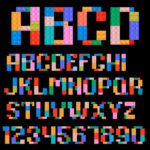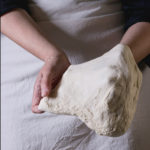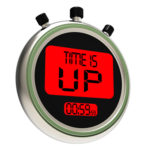By Doc Larrick
| Most kids (including grown-up kids) like to put things together and take them apart–to tinker. Does anyone still fondly remember Tinker-Toys? Blocks, Legos, Lincoln Logs, bristle toys, jigsaw puzzles, pop-in beads–all sorts of building and un-building toys are perennial favorites. |  |
 |
Language has building blocks and tinkering toys, too. They’re called morphemes, and they can be put together in myriad ways. How are they put together? Certainly not with notches and tenons and inserts and tabs, but with a language quality called agglutination. You’ve often heard the word gluten in nutritional news–it’s literally the glue that makes nutrients “clump up” into solid food. |
Morphemes “clump up” together into solid words In a previous blog about how many words there are in English, I said I would come back to the topic, and here we are. Let’s look at just a few examples of how morphemes are put together, or agglutinized.
| Sometimes agglutination with words is invisble–two separate words can join forces to create a new word. For example, the words run and down: each has a separate life of its own. Yet together they can make a verb, to run down (as a clock might do). |  |
  |
In addition, those two separate words can join forces with a hyphen to make a new adjective that means “deteriorated”, as a run-down neighborhood.
Then finally, the two words can be slammed together as one to make a noun: you may give a rundown of the project you are working on. |
How far and in how many ways can we continue to add more gluten? You might deliver two rundowns of your project, or maybe a mini-rundown, or a semi-rundown, or two semi-rundowns, or…by the way, is there such a thing as a downrun?
Well, you see the possibilities and the word fun. Tinker with more word gluten today. It’s good for your word diet and dexterity!
